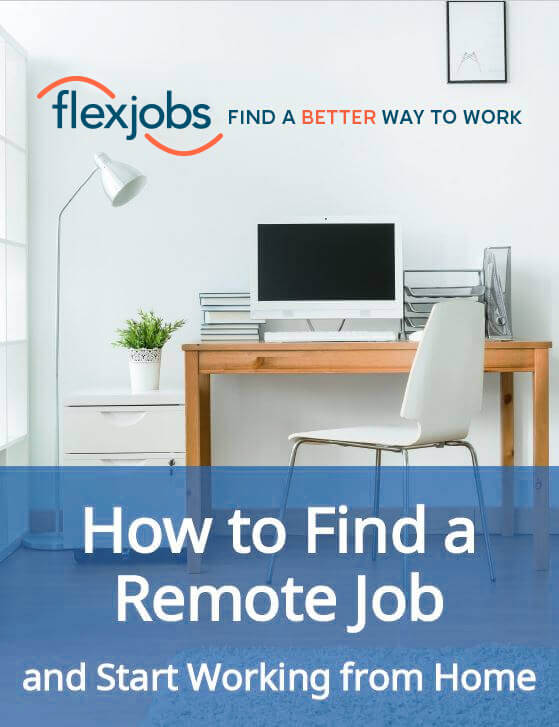
LinkedIn是一个功能强大的工具,网络和工作searching. It can also be the best place for you tolaunch your career change.
But if you’re currently an architect and want to become a baker, having a LinkedIn profile that focuses on your architecture career won’t help you change careers. If nothing else, when you apply for baker jobs, the hiring manager might think you applied to the role by accident!
You’ll need tooptimize your LinkedIn profilefor your career change. Here are some tips and tricks to get you started.
How to Use Your LinkedIn Profile to Change Careers
When you apply for a job, your best bet is totailor your resumeto that specific position usingkeywords from the job description. And when you write your职业生涯change resume, it’s a good idea tohighlight your transferable skillsto help demonstrate that your skill set makes you a good fit for the position.
Your LinkedIn profile is no different. Bytailoring it to the fact that you’re changing careers, incorporating keywords from your desired industry, and focusing on yourtransferable skills, you can leverage the power of yourLinkedIn profileto help you make the switch.
Start With the Headline
Your LinkedIn headline is the brief, one-line bio that appears next to or under your name. It’s short, sweet, and to the point. It’s also auto-generated by LinkedIn and consists of your current title and company.
That’s fine, but if you’re trying to switch careers, having a headline in your old industry probably won’t help, especially because when recruiters search LinkedIn, they generally see your headline first. If it doesn’t match their industry, they probably won’t click through to your full profile.
Instead, harness the power of the headline andwrite something uniquethat encapsulates who you are and what you want to do.
Only include the details that are relevant to your new industry. For example, if you’re currently in banking but are searching forsocial work jobs, don’t include any information about your banking background in the headline. It doesn’t help signal that you’re changing careers.
If you’renot sure where to start, consider using yourelevator pitchorfive-word job description, or include something that makes you more relatable (bacon lovers unite!).
Leverage the “About” Section
The About section (orsummary) is a lot longer than the headline, giving you the opportunity to explain why you’re changing careers, instead of letting people guess. Use this section to explain not only that you’re changing careers but todemonstrate howyour current skills and past experiences have prepared you for your new career.
这是最简单的方法结构use three paragraphs. In the opening paragraph, talk about what you do, what you want to do, and how your background makes you a great (and unique) fit for your new career.
Use the second paragraph to focus on your transferable skills, using keywords from your new industry.Focus on results, not tasks, that demonstrate how you get things done. You can also mention anyvolunteeringor classes you’ve taken to prepare for your new career.
The last paragraph is where you tie it all together and connect the dots. Use it to explain how your old experiences and current skills relate to your new career.
Experience and Education
Even though you may have included some of your volunteer experience or education in the About section, don’t shy away from including it in the “Experience” and “Education” sections of your profile.
Including volunteer information in these sections allows you to put abigger spotlight on what you’ve done to make your career change a realityand can help show that you’re serious about this switch. It’s also a great way to go more in-depth about the experiences and add a few more keywords to your profile, as long as you don’t duplicate what you said in the About section.
Media or Samples
Depending on the career you’re coming from and the career you’re switching to, you may also want to add work samples to your LinkedIn Profile (or direct people to yourpersonal website). This can be a great way to demonstrate that you have the necessary skills to do the job (even if you’ve never been paid for it before) or that you have the necessary transferable skills to succeed in the new field.
Get Out There and Change
With your LinkedIn profile ready to go, use it to change careers. Connect on LinkedIn with people in your new field,follow experts on LinkedIn, and use your network to learn more about your new industry and find a job.
No matter where you are in your career change, FlexJobs is here to support you. Take a tour of FlexJobs to learn more about all of the ways a membership can empower your job search and career!
Don't forget to share this article with friends!

FlexJobs IsSO Much MoreThan Just a Job Board
In addition to helpful articles like this one, members get unlimited access to:
- 瞿最高ality Remote & Flexible Jobs
- 200+ Expert Skills Tests
- Virtual Job Fairs
- Weekly Career Coach Q&As
- And so much more…


















Jak from Croton On Hudson, NY
只是购买了月度计划
Kaleiilima from Saint Paul, MN
只是购买了月度计划
David from Ellenton, FL
Just purchased the Yearly plan
Xavier from Toronto, ON
Just purchased the Yearly plan
Angelo from Meredith, NH
只是购买了月度计划
Lisa from Salem, OR
只是购买了月度计划
Debbie from Garden City, KS
Just purchased the 3 - Month plan
Jeannah from Sarasota, FL
只是购买了月度计划
Nicole from Oklahoma City, OK
Just purchased the 3 - Month plan
Sita from Zaandam , Noord-Holland
只是购买了月度计划